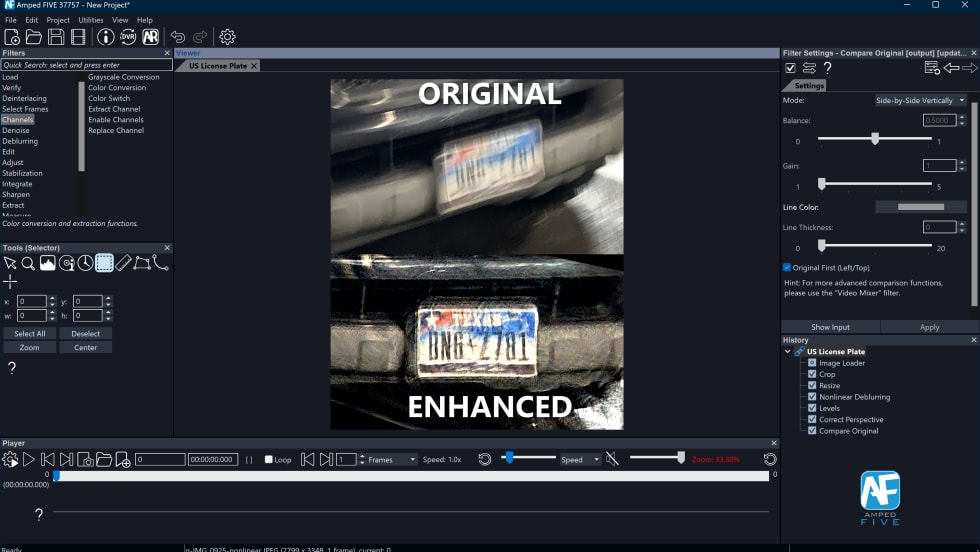What factors can really help drive down crime? The National Academies of Sciences, Engineering and Medicine said in a report released Thursday that certain “proactive” policies aimed at preventing crime before it happens—including stop and frisk—show mixed results. Yet it is not enough to simply identify what policies appear to reduce crime, a panel convened by the National Academies cautions in the report. Authorities must also consider the real-world risks of applying these approaches in ways that are biased or illegal, they wrote.
Historically, policing has focused largely on responding to calls and investigating crimes. But in the past few decades there has been a shift toward preventing crime by routinely sending officers into communities and identifying potential problem areas. Not all police departments are using these strategies, notes David Weisburd, chair of the expert panel and director of the center for evidence-based crime policy at George Mason University. But it is becoming relatively common and is a big departure from the standard model, in which police mostly respond to crimes that already occurred, Weisburd told Scientific American .











